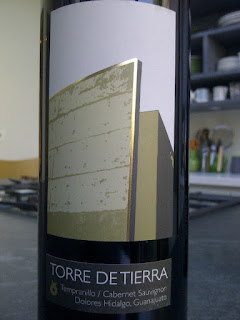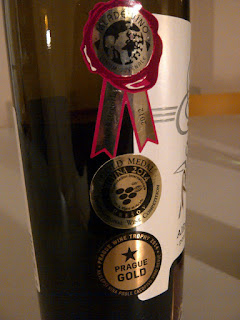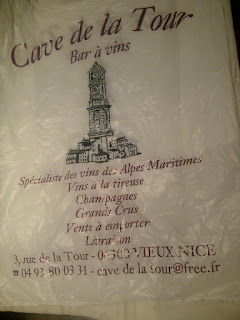The last time we visited the Czech Republic we were very pleasantly surprised by the quality and diversity of Moravian wine, so on a trip to Dresden one Sunday this winter we thought it might be a good wheeze to fly to Prague and take the train (only a couple of hours) instead of flying to Leipzig where services are only just more frequent than to Dresden or Berlin.
Doing our research we identified a couple of likely-looking wine merchants not too far from the Prague main station but failed to notice that they would not be open during our window of opportunity. Walking disconsolately around the rather vast shopping mall with a railway station attached which is Praha hlavní nádraží, we browsed a couple of supermarkets which had a selection of sorts but not what we were looking for especially. That was Pálava .We found Pálava on our last trip but were not able to buy or try any. It is a crossing of Gewurtztraminer and Mueller-Thurgau.That might sound rather unexciting but claims have been made for Pálava which encouraged us to bag a bottle.
Asking if there were any other places selling wine near the station a member of staff directed us to an actual wine shop right there specialising in Czech wine called Akce Vinoteka.
This was amazing. Even in London with numerous gigantic termini the only wineshop had lasted a mere few months; the plucky Wine Pantry at St. Pancras specialising in English wine.
 |
| Moravian Wine Wall |
Here we were able to buy rarities even for Moravian wine including an Alibernet, a Neronet and indeed a Pálava.
We had tried Alibernet before and found it promising but the example by Stepan Manak we took home from this trip was quite marvelously soft and luscious. Festooned with awards as it was one could imagine they were fairly acquired.
Alibernet is a rather clunky conflation of the grape's two parents, Alicante Bouschet and Cabernet Sauvignon made originally in Ukraine. This is none other than Odessky Chernyi or Black Grape of Odessa which we fleetingly encountered once at Vinitaly.
The same producer had made the Neronet obtained from Svatovavřinecké x Modrý Portugal x Alibernet: that is St. Laurent x Blauer Portugieser x Alibernet to you. Our last bottle of Neronet had also been very promising.
There was also a bottle of Andre and one or two others but sadly no Veltlínske červené skoré which we suddenly remembered having seen on the last trip and had not been able to buy either. Veltlínske červené skoré is Fruehroter Veltliner. Roter Veltliner is a grape we adore. No relation to Gruener Veltliner. An Austrian example by Leth had suggested that this might be one of the least known and appreciated great grape varieties. This Fruhroter Veltliner is a red skinned, spontaneous cross between Roter Veltliner and Silvaner.
Well there must always be an excuse to return to Prague one day.
And Palava? Our bottle turned out to be a success back home. The Czechs are on to something and we need to know about it.
 |
| There was even a small bottle to be had on the train to Dresden. How about that National Rail companies? |

















































